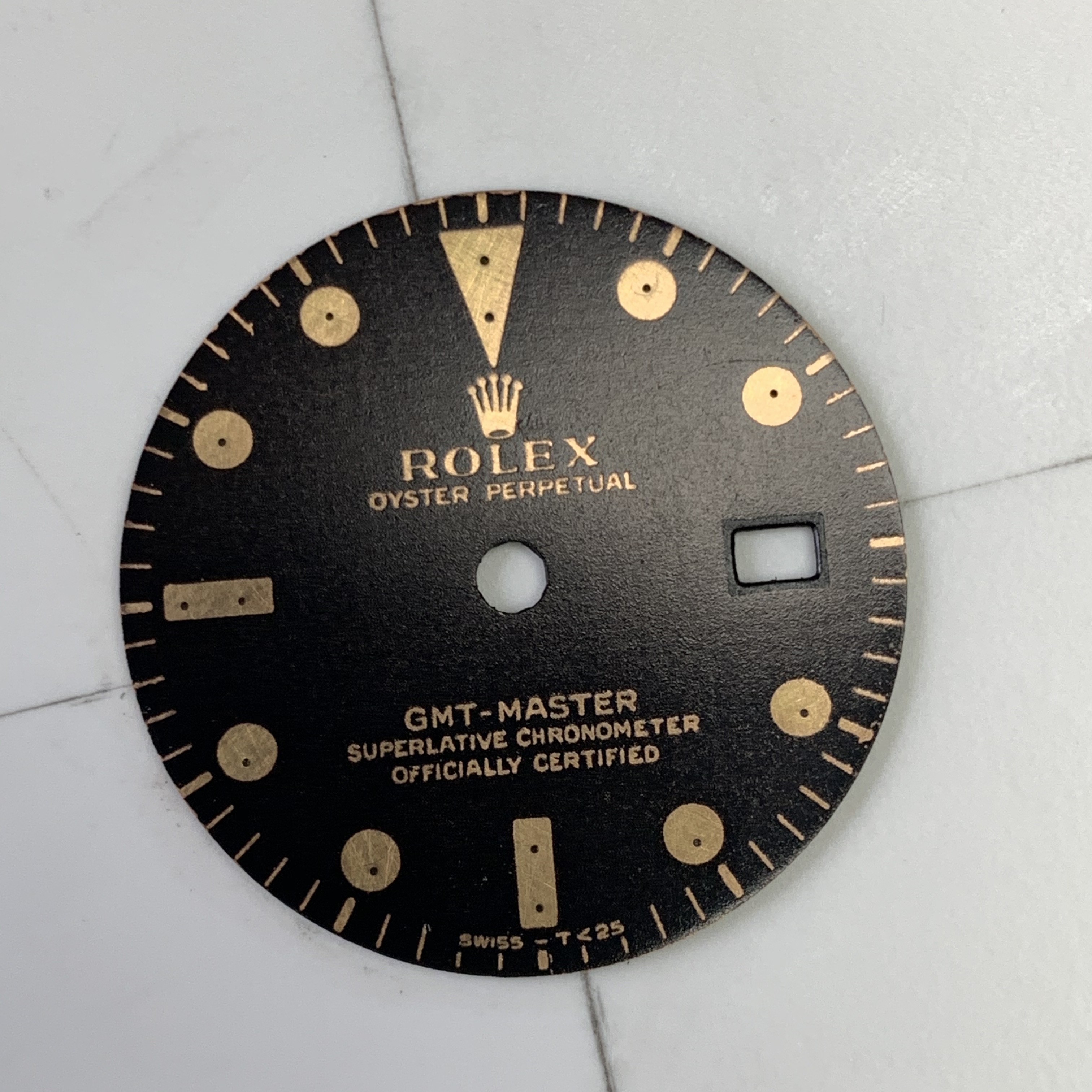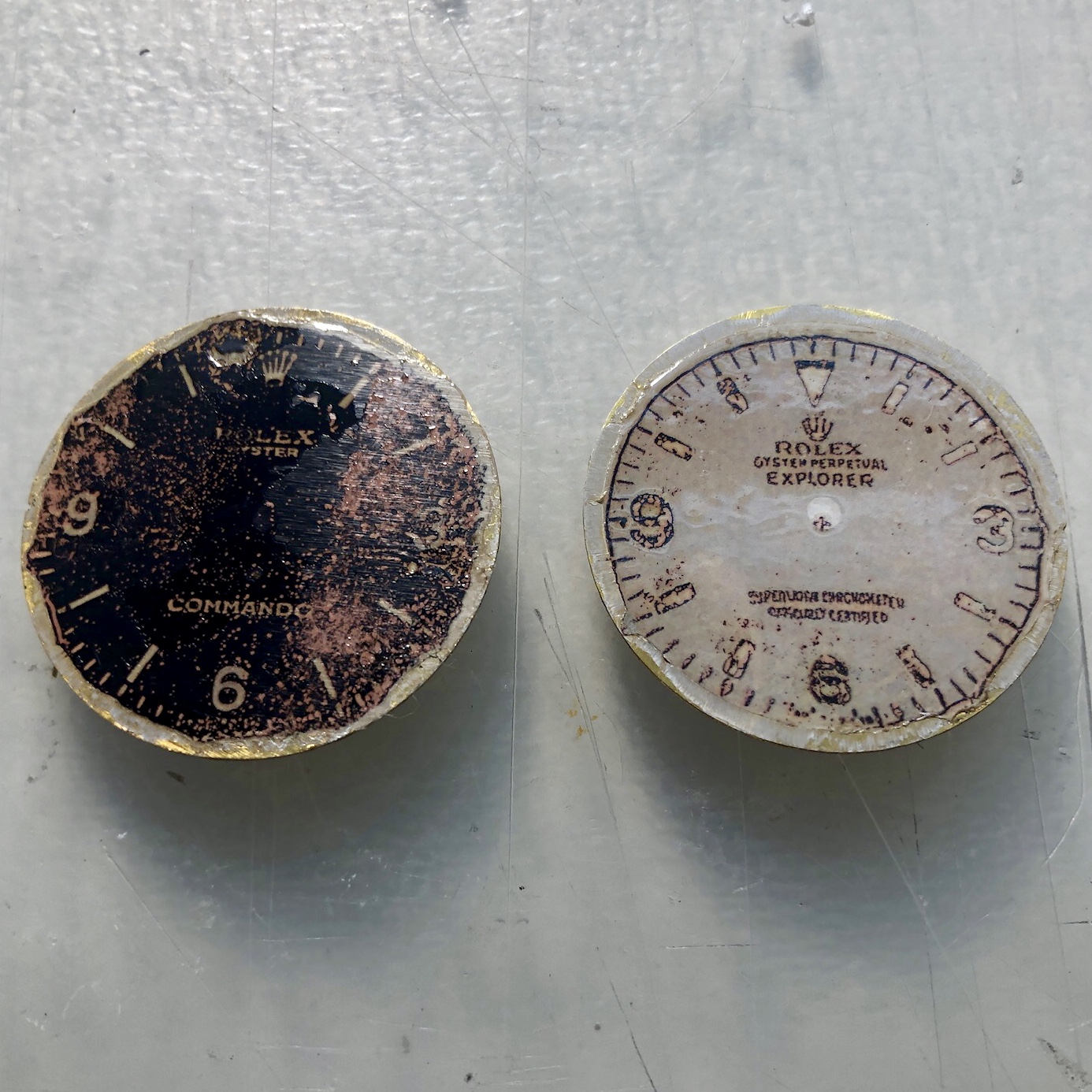The decal itself stops the dial suface from tarnishing, also if you don't apply the fixative spay the ink just comes off of the decal when you put it in the water or touch it, also ive found that leaving the decal to dry naturally for a day or 2 once its on the dial is the best way, drying fast with heat often causes the decal to shrink
All that advice indicates that you're talking about the regular decal process Alhig. I am doing film-free decal application, which leaves nothing but the ink on the dial. There's no film to protect the exposed parts of the dial.
But no matter - as I said, I think leaving the brass exposed to the air will lead to it tarnishing pretty quickly, so I don't think it was wrong to follow your advice on the additional layer of lacquer, even though it was based on misunderstanding what process I was referring to...

EDIT: I just checked the dial as it's drying, and it now looks nothing like as good with the lacquer sprayed on it. Ah well...
Could someone - who is also using this process - maybe
Briteling manodeoro confirm whether I should have lacquered the dial surface before applying the film-free decal?


